How Mid-Autumn Festival is celebrated across Asia
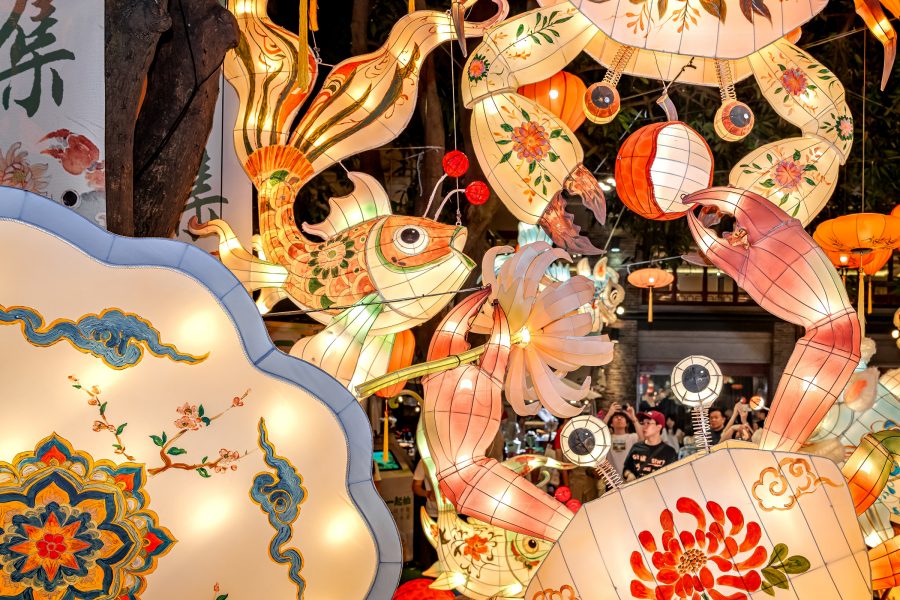
Mid-Autumn Festival is one of the most auspicious dates on the lunar calendar, marking the full moon at the midpoint of the eighth lunar month. It’s an ancient harvest celebration observed across Asia – including China, South Korea, Japan and Vietnam – and continues to unite diaspora communities around the world.
With the celebration falling on 6 October this year, here’s a look at some of the different customs and festivities observed across the region. From hanging lanterns and making mooncakes to concerts and moon gazing, this rich symbolic occasion transcends geographical and cultural boundaries.
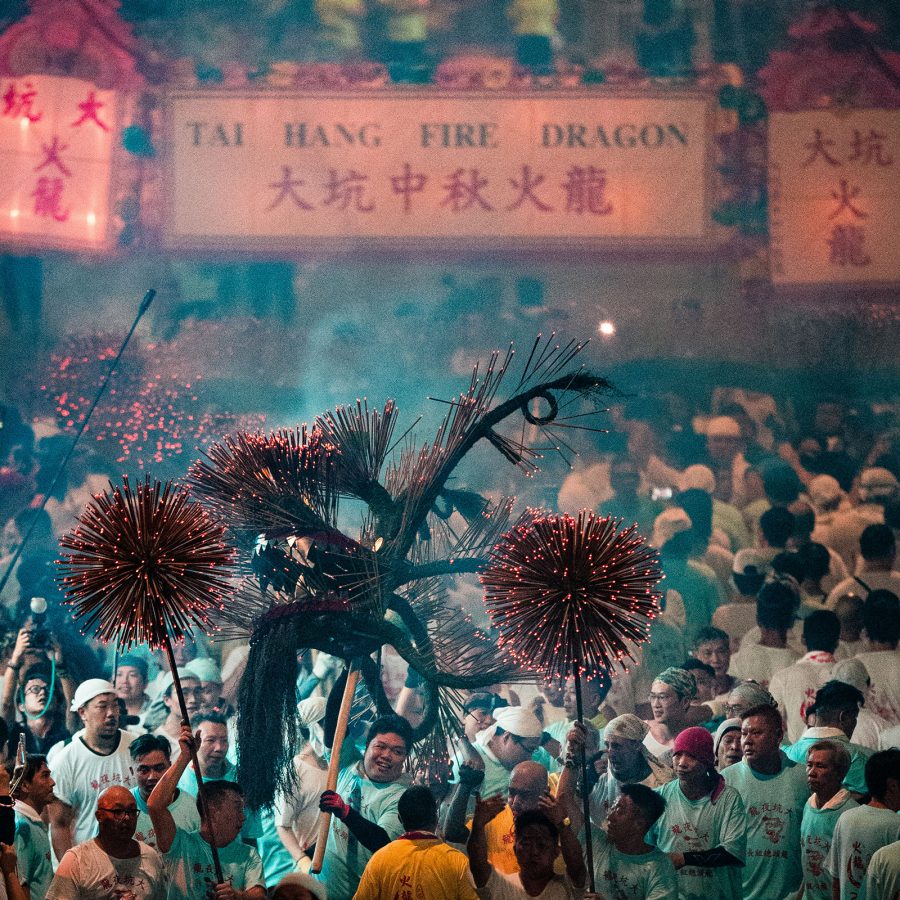
Credit: Hong Kong Tourism Board
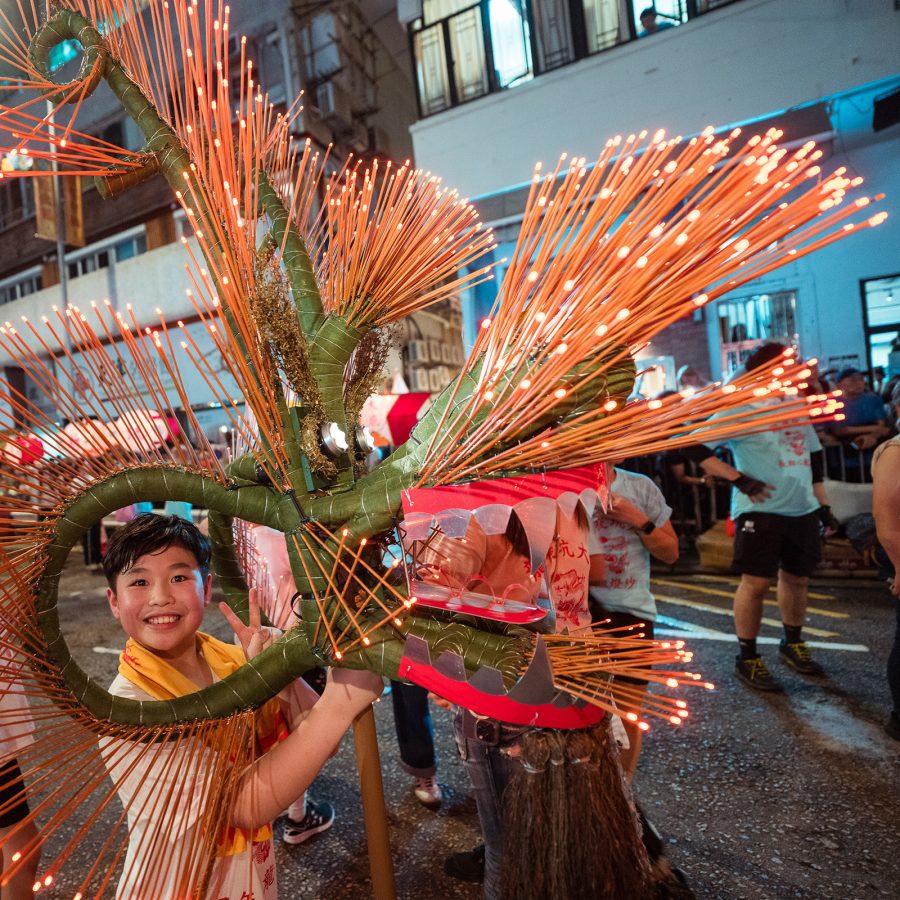
Credit: Hong Kong Tourism Board
Hong Kong
Inscribed onto China’s national list of intangible cultural heritage since 2011 , the century-old Tai Hang Fire Dragon Dance is among Hong Kong’s most iconic Mid-Autumn festivities. Running for three consecutive nights from 5 October, the annual spectacle features 300 participants parading a 67-metre-long dragon lined with thousands of burning incense sticks through narrow neighbourhood streets.
A smaller, safer LED version led by student performers gives the procession an adorable community twist. Meanwhile, the carnival atmosphere is enriched with acrobatic and street performances, and incense sticks are distributed to eager spectators as a symbol of luck and prosperity.
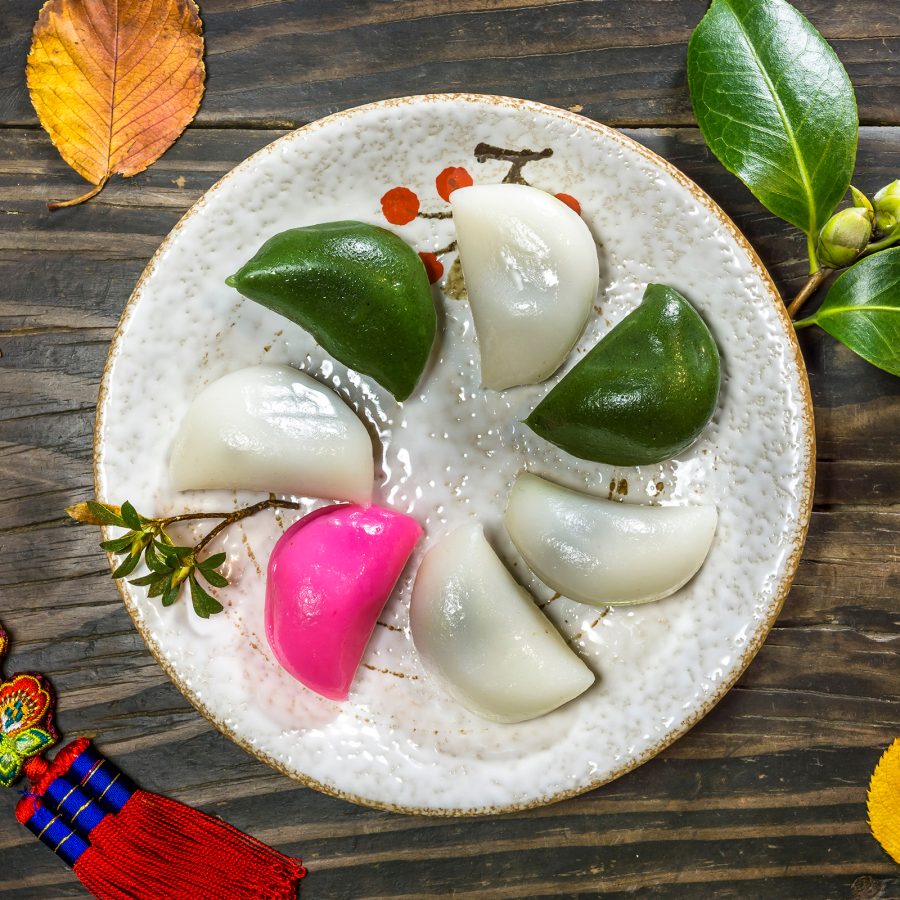
Credit: Jong heung lee/Getty Images
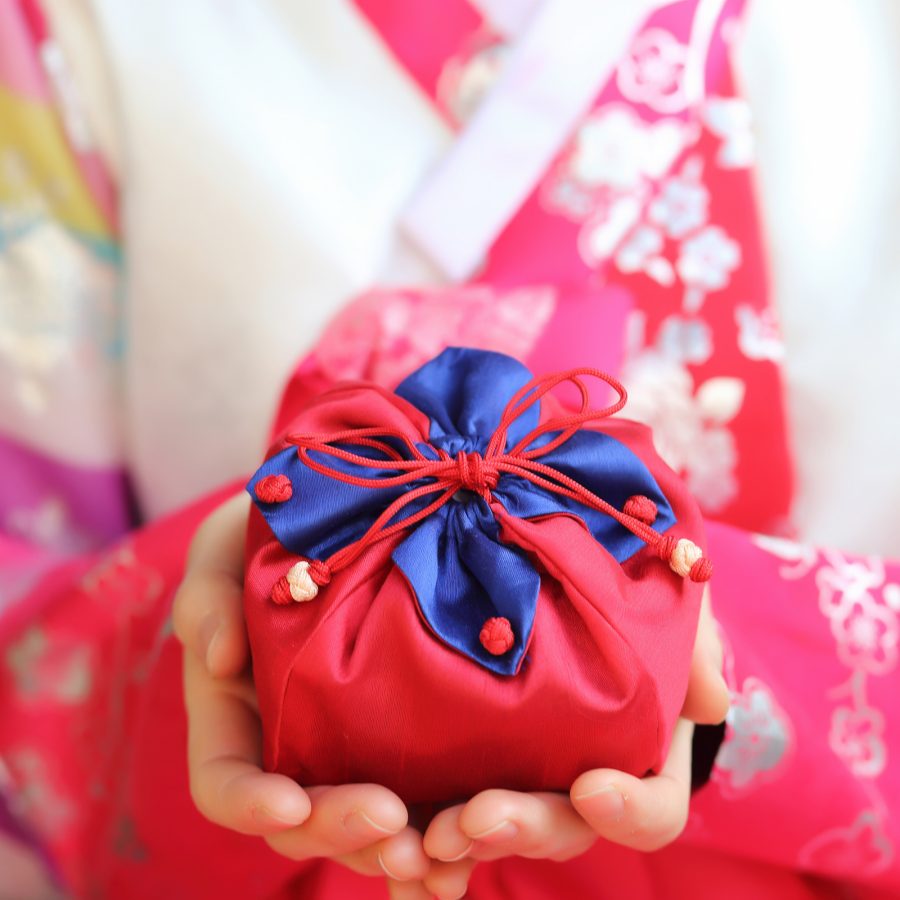
Credit RUNSTUDIO/Getty Images
South Korea
South Koreans celebrate Chuseok, a day giving thanks to ancestors and nature for the autumn harvest. Many travel back to their hometowns from Seoul to celebrate with family reunions, where they eat songpyeon, a half-moon-shaped glutinous rice cake filled with sesame, chestnut or red bean paste, steamed on top of pine leaves for the subtle scent.
Women also join the ganggangsullae, an ancient circle dance performed by lavishly dressed dancers to herald a bountiful harvest. A key feature of modern South Korea’s mid-autumn celebrations, the art form has been listed as a piece of Unesco intangible cultural heritage since 2009.
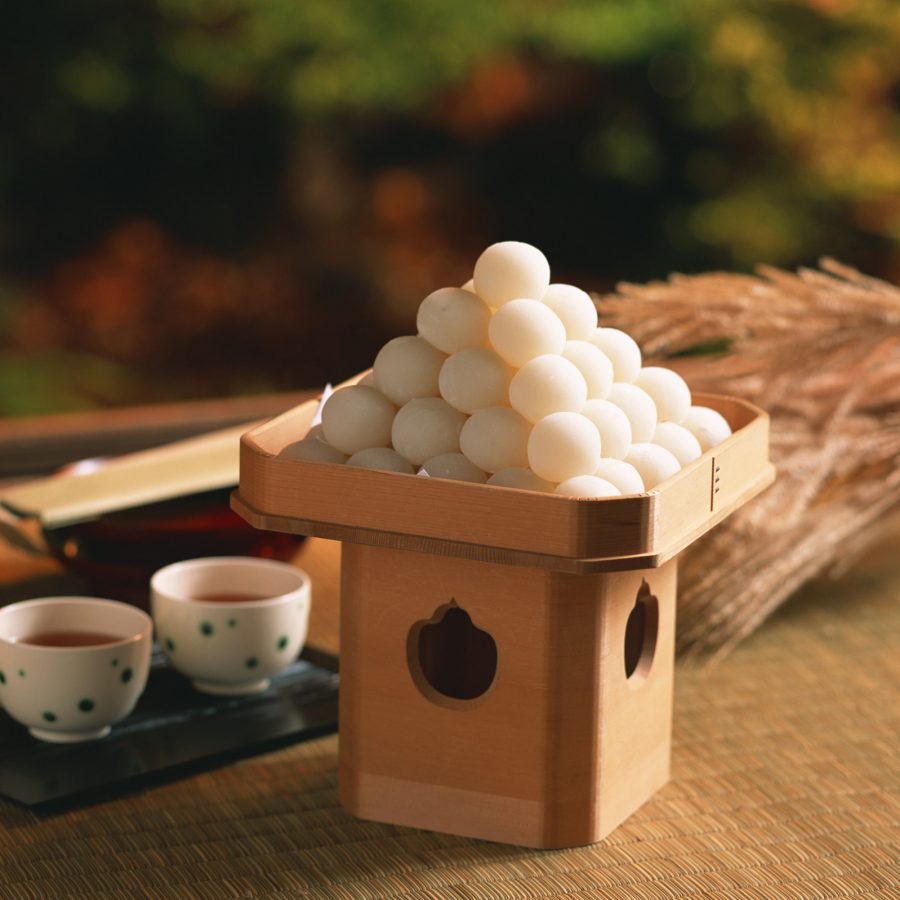
Credit: imagenavi/Getty Images
Japan
The Japanese tradition of Tsukimi (moon gazing) on Jugoya (the 15th night) is celebrated with round glutinous rice dumplings known as tsukimi dango. Traditional celebrations also see homes adorned with auspicious pampas grass to represent a bountiful harvest. On the day itself, moon-viewing ceremonies are held in Shinto shrines across the country, while the Meigetsu Kangen-sai harvest moon concert lights up Kyoto’s 2,000-year-old Shimogamo-jinja Shrine with ornate dance and orchestral performances under the full moon.
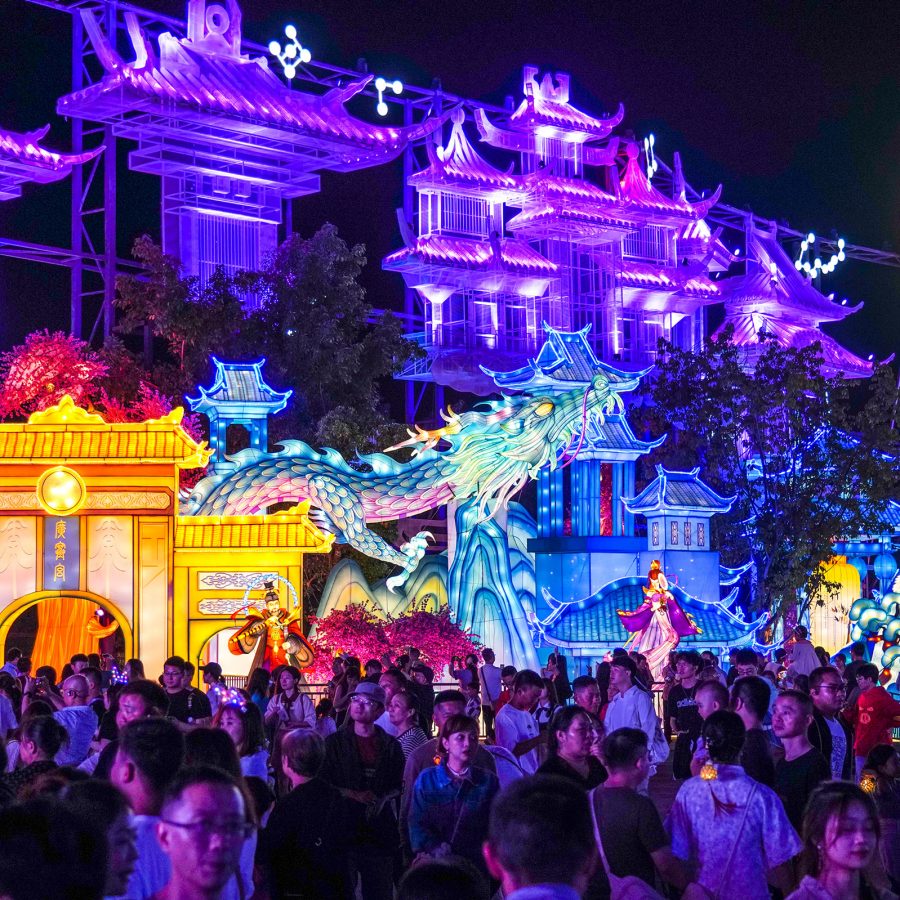
Credit: VCG/Getty Images
Chinese Mainland
The Chinese Mainland boasts a variety of festivities. Xiamen is home to Bo Bing, a game played with six dice to determine winners of mooncakes in varying sizes. Sichuanese people decorate their façades with lanterns made from orange peels – an age-old eco-friendly celebration. Meanwhile in Chengdu, children take to the streets carrying a pomelo “meteor hammer” weapon lit by incense sticks. In Guangdong, the occassion is marked by the Foshan Autumn Parade, featuring colourful effigies, floats and many other folk arts of the region.
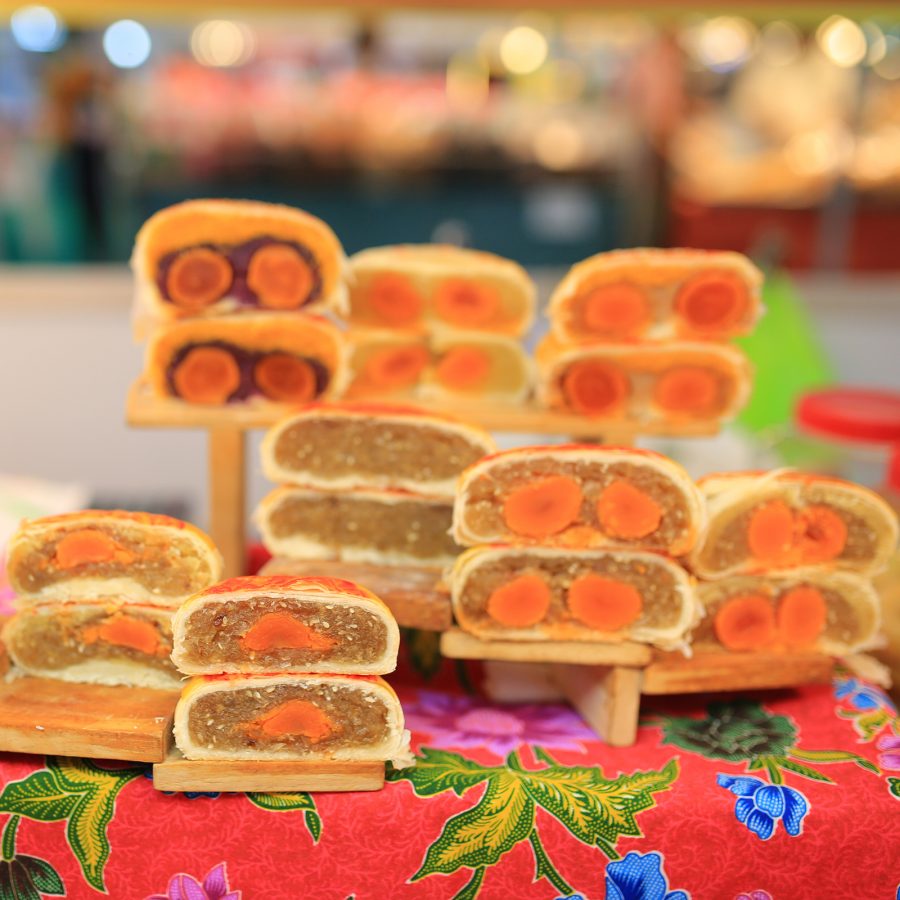
Credit: MR. WUTTISAK PROMCHOO/Getty images
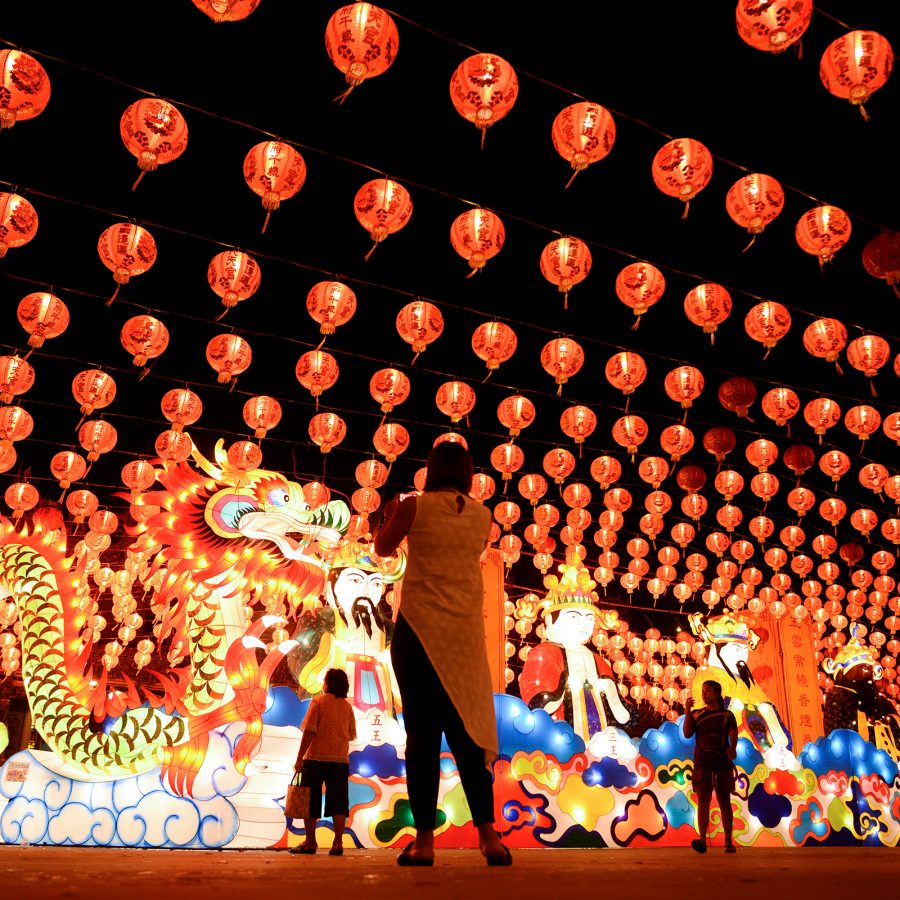
Credit: NurPhoto/Getty Images
Thailand
In Bangkok, you know Moon Praying Festival is in full swing when colourful lanterns line the streets of the Talad Noi neighbourhood and historic Charoen Krung Road. Unlike the legend of Chang’e and her ascent to the moon associated with Chinese Mid-Autumn festivities, Thai people honour the birthday of Guanyin, the Goddess of Mercy. On that day, Thai families offer fleshy peaches and mooncakes to Guanyin for good luck, while displaying figurines of the mythical Eight Immortals.
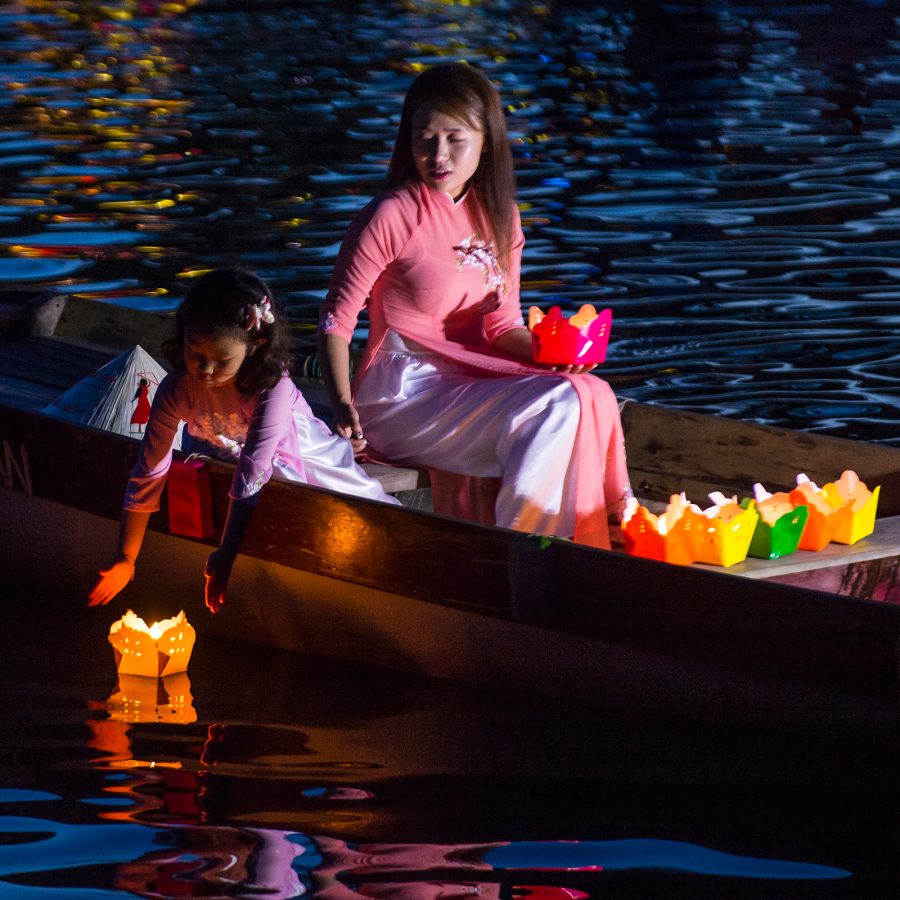
Credit: VW Pics/Getty Images
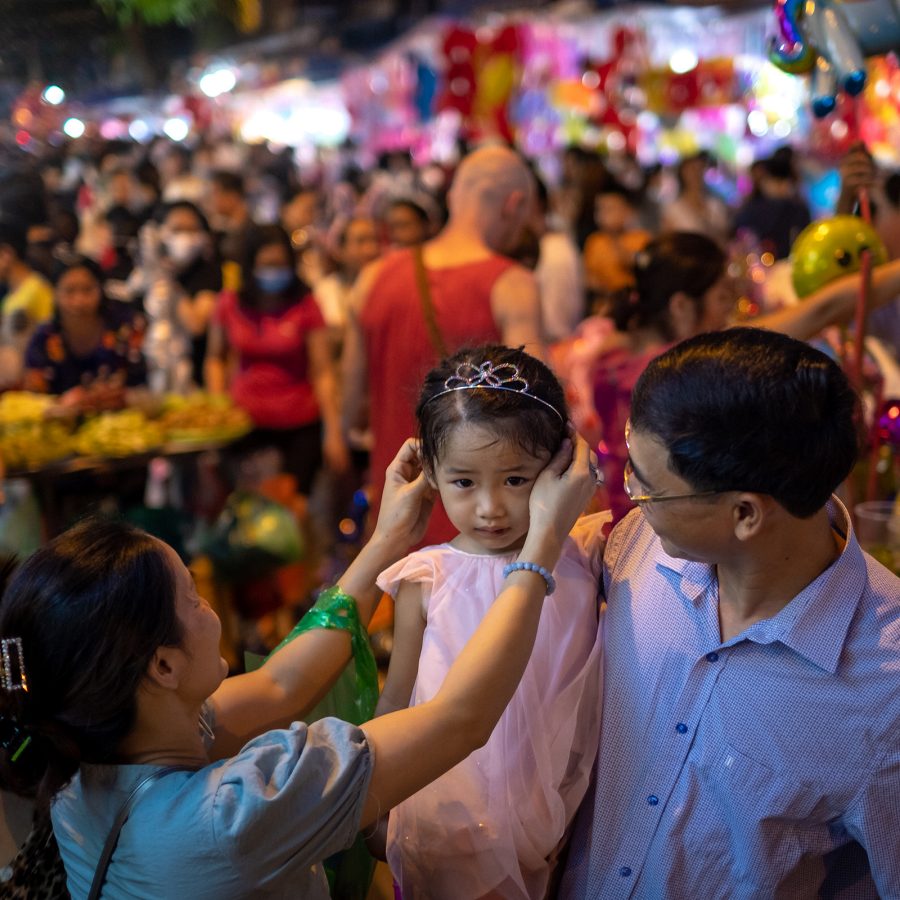
Credit: Linh Pham/Getty Images
Vietnam
Vietnam’s Tet Trung Thu is primarily a children’s celebration. In years past, adults busied with the collection of ripe crops would wind down and take the time to enjoy the company of family after the autumn harvest. The festival also celebrates Chu Cuoi, a herbalist believed to have ascended to the moon on the skyward stretching branches of a magical banyan tree. To guide Cuoi on his return, his fellow villagers lit lamps during the full moon. Today, children in Hanoi celebrate Tet Trung Thu by parading star-shaped lanterns made with bamboo sticks and red tape, a nod to the five-point star on the national flag.
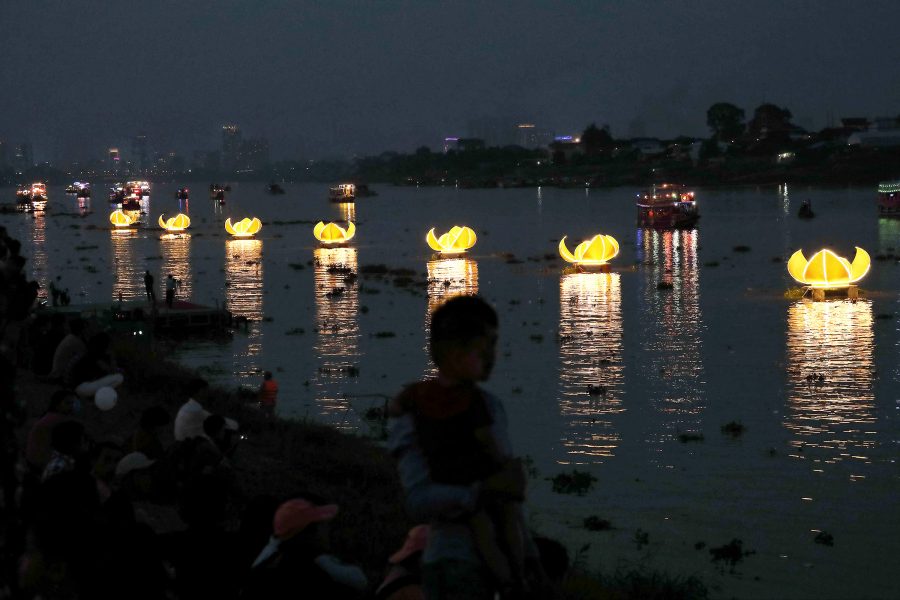
Credit: Satoshi Takahashi/Getty Images
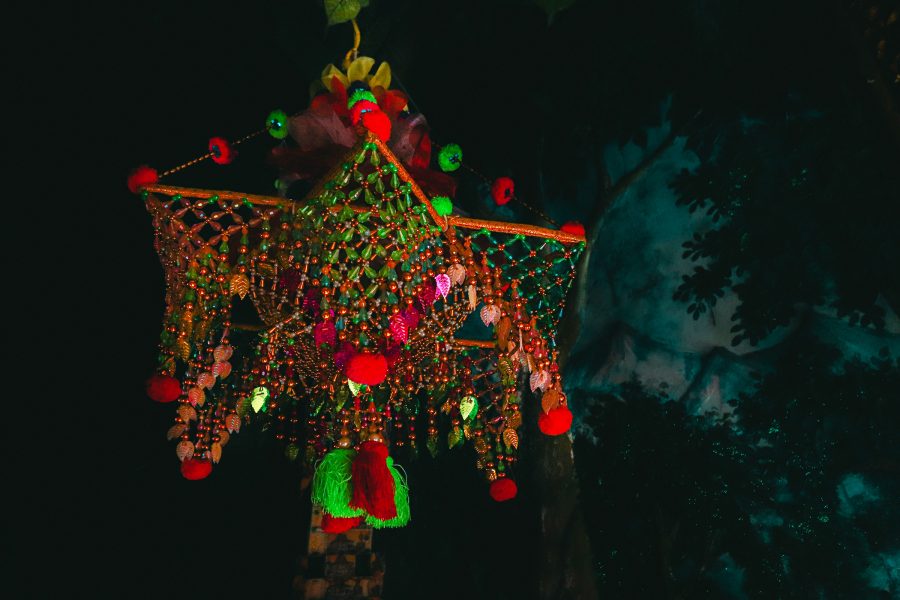
Credit: marie martin/Getty Images
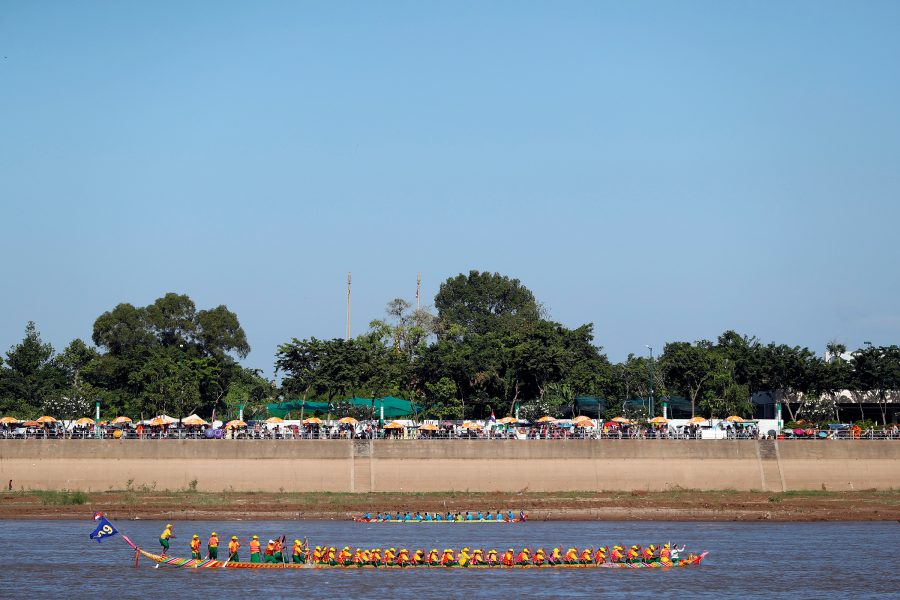
Credit: Godong/Getty Images
Cambodia
Cambodia celebrates the end of the rainy season and autumn harvest with Bon Om Touk in November. The three-day celebration features lantern displays, floating lamps and concerts, while at the heart of things are boat races on Tonlé Sap river, symbolising the end of monsoon season and wishing for bountiful harvests in the year to come. The festival culminates in the Sampeah Preah Khae ceremony, where people offer Khmer coconut cakes, fruits and bouquets to the moon.
More inspiration
- China – the Chinese Mainland, Hong Kong SAR, Macao SAR and Taiwan Region
- Hong Kong SAR - English
- Chinese Mainland (China) - English
- Taiwan, China - English
- 香港特別行政區 - 繁體中文
- 中国內地 - 简体中文
- 中國台灣 - 繁體中文
- Africa
- South Africa - English
- Asia
- Bangladesh - English
- Korea - English
- Singapore - English
- Cambodia - English
- 한국 - 한국어
- Sri Lanka - English
- India - English
- Malaysia - English
- Thailand - English
- Indonesia - English
- Maldives - English
- ประเทศไทย - ภาษาไทย
- Indonesia - Bahasa Indonesia
- Myanmar - English
- Vietnam - English
- Japan - English
- Nepal - English
- Việt Nam - tiếng Việt
- 日本 - 日本語
- Philippines - English
- Australasia
- Australia - English
- New Zealand - English